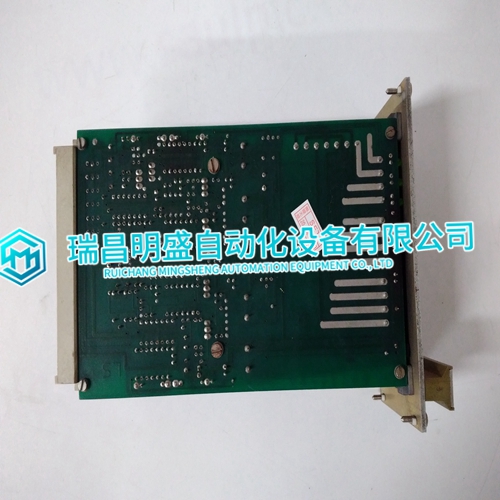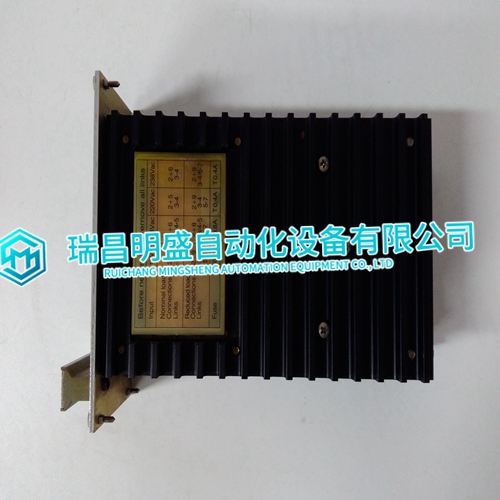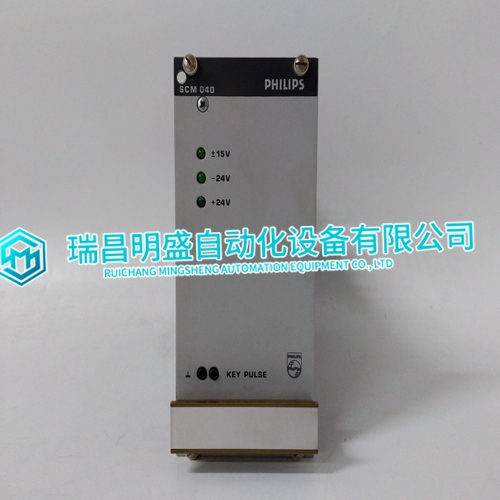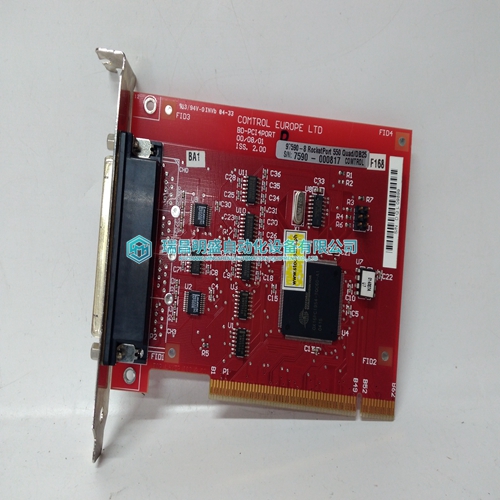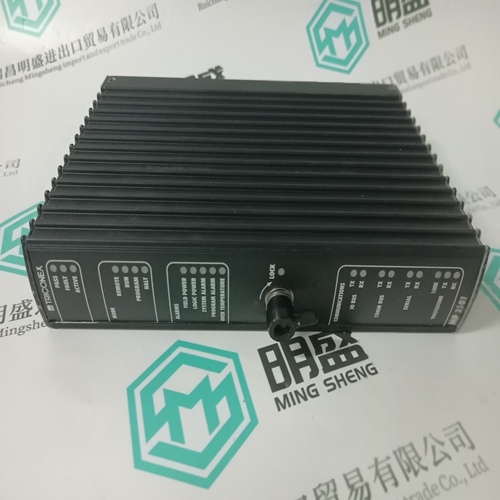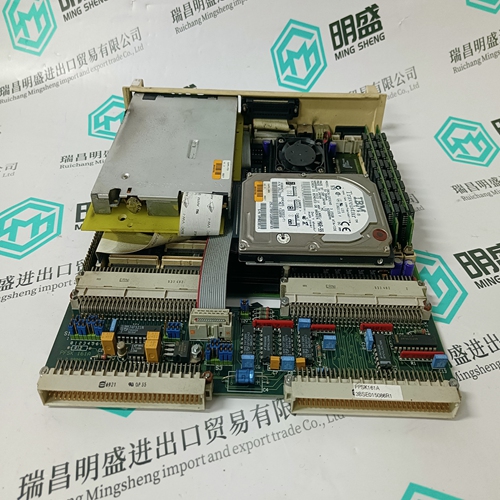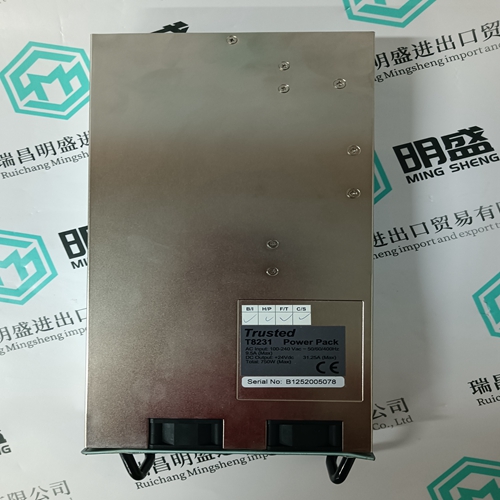Home > Product > Robot control system > PHILIPS SCM040 940860010011 Digital output module
PHILIPS SCM040 940860010011 Digital output module
- Product ID: SCM040 940860010011
- Brand: PHILIPS
- Place of origin: The United States
- Goods status: new/used
- Delivery date: stock
- The quality assurance period: 365 days
- Phone/WhatsApp/WeChat:+86 15270269218
- Email:stodcdcs@gmail.com
- Tags:PHILIPSSCM040 940860010011Digital output module
- Get the latest price:Click to consult
PHILIPS SCM040 940860010011 Digital output module
A larger Max Phase Window, and Shorter Dwell time would typically be used on emergency standby sets, where rapid synchronization is needed. The larger window and shorter dwell time make the synchronizer less sensitive to transitions in generator frequency and phase angle error when compared to the bus the generator is synchronizing to. When all conditions of voltage and phase are met, then the breaker closure command is given. A smaller Max Phase Window and Longer Dwell Time would be used on generating systems where smooth and precise synchronization is required, and the time to synchronize is not as critical as would be seen in a standby application. A smaller window and longer dwell time require the generator to be within closer frequency and phase angle error tolerance when compared to the bus the generator is synchronizing to. When all conditions for voltage and phase are met, then the breaker closure command is given.
Synch-Check
The synch-check function determines when all conditions for proper synchronization are satisfied and energizes the breaker closure relay. The generator and bus voltage comparison is made if the voltage matching function is enabled. The generator voltage must be within the specified voltage window above bus voltage before the breaker closure command may be given. To minimize transients, the breaker must be closed when the phase difference between the generator and bus is near zero. Also, maintaining the phase angle error between the generator and the bus within a specified Max Phase Window for a specific Dwell Time allows the synchronizer to be configured for a wide range of synchronizing conditions. The Max Phase Window and Dwell Time set points are found in the Synchroscope tuning menu of the EGCP-2.
Multiple Shot Reclosing
The multiple shot reclosing function allows multiple closing attempts. The control provides set points for the number of Close Attempts and the Reclose Delay time. Failure to get closure after the specified number of attempts triggers the Sync Reclose Alarm and locks out the synchronizer by setting it to the auto-off mode. Clearing the alarm condition, in the Alarm/Event Log, will reset the synchronize

